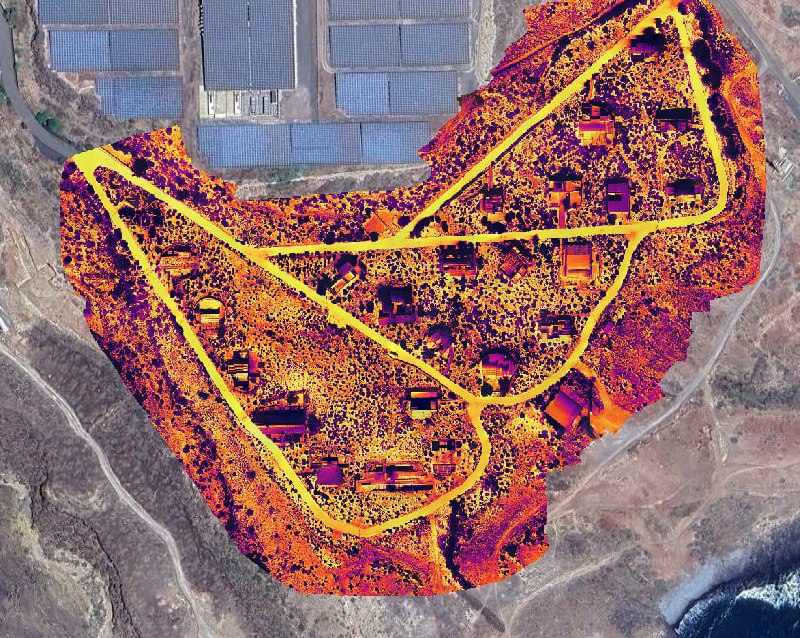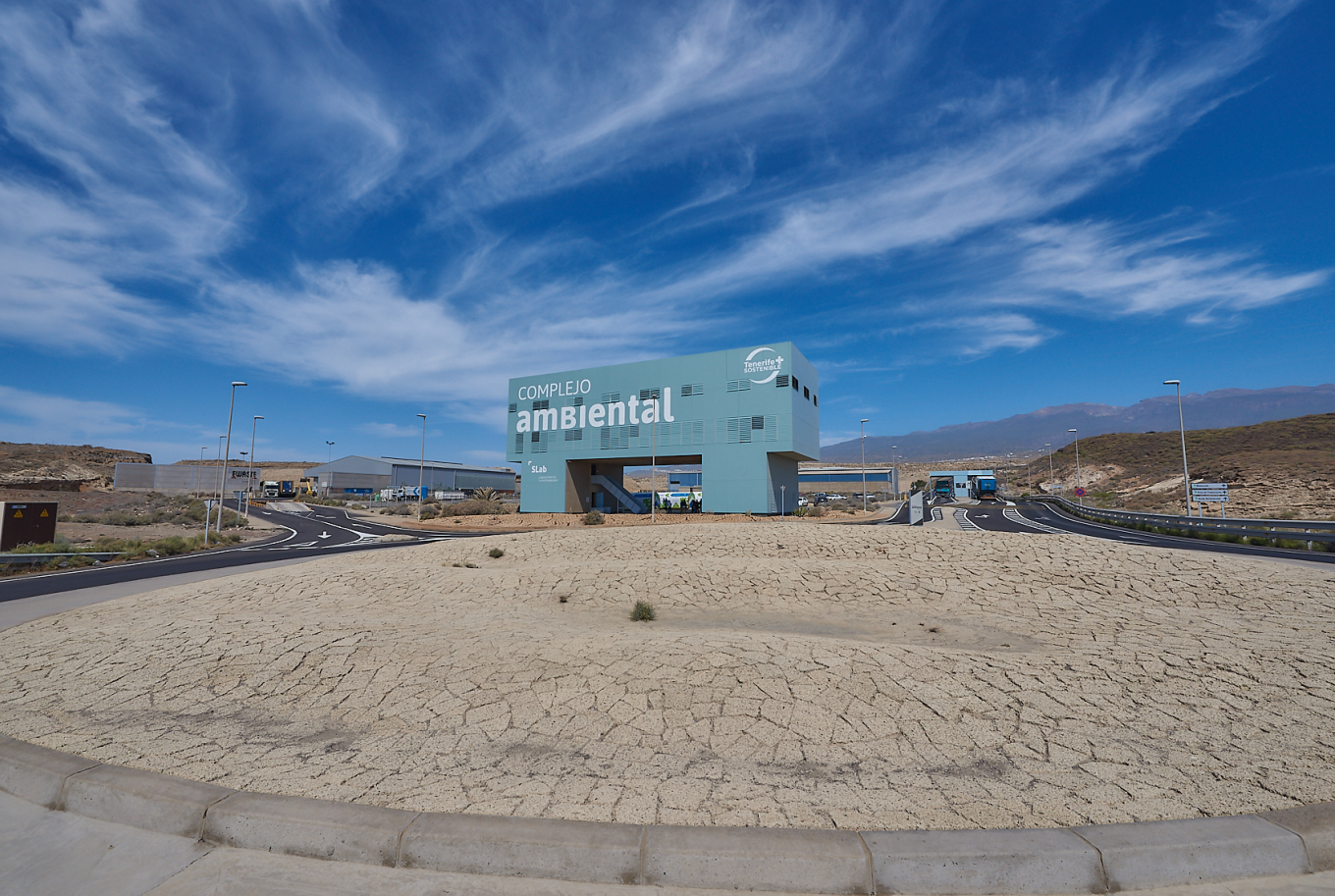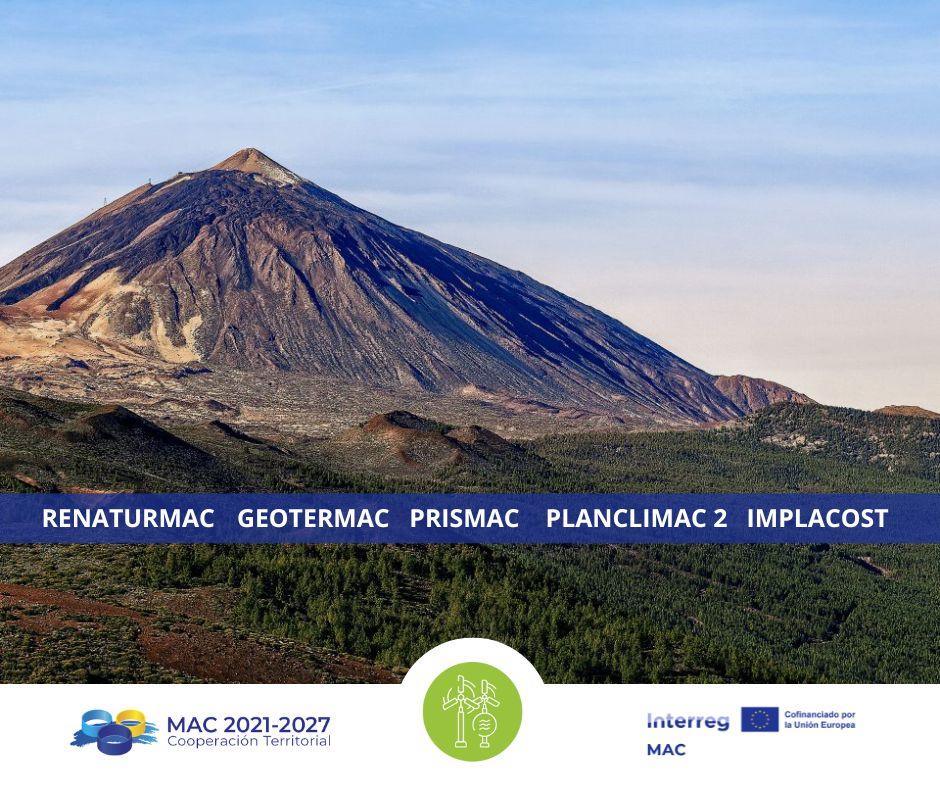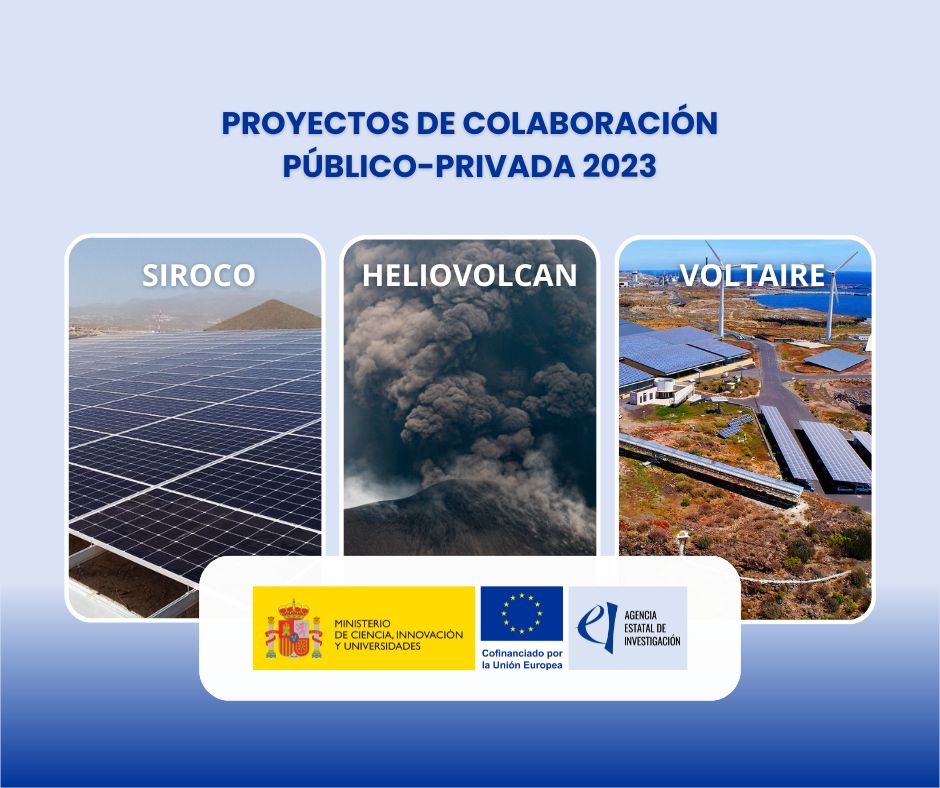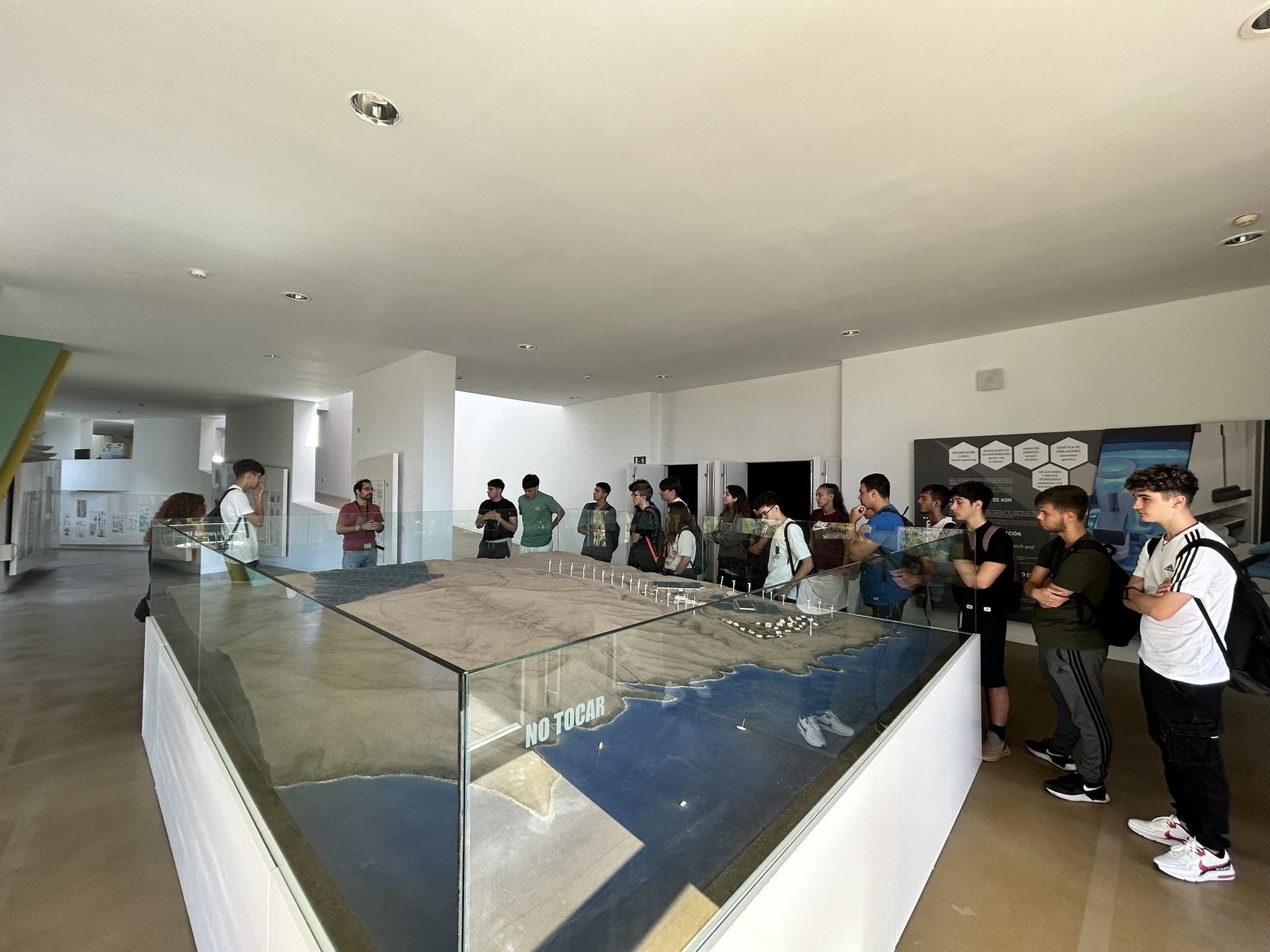The Institute of Technology and Renewable Energies (ITER) is developing the PAULIA project, in collaboration with the Spanish National Research Council (CSIC), through the Eduardo Torroja Institute for Construction Science (IETcc-CSIC), the Royal Botanic Gardens and SERMUGRAN.
PAULIA, also known as “System for Detection and Correction of Hot Spots in Public Spaces in Small Urban Areas”, is a pioneering initiative that seeks to improve the way in which climate vulnerability is assessed and addressed in smaller-scale urban areas.
This project, which started in December 2023 and will last for three years, is led by the Institute of Technology and Renewable Energies (ITER), in a consortium with the Eduardo Torroja Institute for Construction Science (IETcc-CSIC), the Royal Botanic Gardens and the company of municipal services of Granadilla (SERMUGRAN).
The main objective of the project is to develop an integrated tool to assess small urban areas with climate vulnerability, detect hot spots and provide action solutions linked to the type of ground cover material and the index and typology of vegetation used as determinants of surface temperature and microclimate of outdoor spaces, contributing to the optimization of comfort in public spaces.
The first stages of the project will focus on establishing a methodology for the evaluation of small urban areas using meteorological sensors, multispectral aerial images acquired with drones and satellite image analysis. This combination allows characterizing urban spaces and detecting hot spots, which facilitates decision making to implement corrections to mitigate observed climatic deviations.
PAULIA arises in response to the urgent need to address hot spots in small municipalities, whose effects could intensify with climate change and affect the comfort of the inhabitants. This project is expected not only to solve an incipient problem, but also to have a significant impact in economic, social and environmental terms.
The PAULIA project (CPP2022-009932) has a total budget of 754,801.38 € and is funded by the Ministry of Science and Innovation (MCIN) and the State Research Agency (AEI) and by the European Union in the framework of the EU Next Generation EU Recovery Plan and the Spanish Recovery, Transformation and Resilience Plan (PRTR).

- Image 1. Partner coordination meeting with the Eduardo Torroja Institute for Construction Science (IETcc-CSIC), the Royal Botanic Gardens (RJB-CSIC) and the municipal services of Granadilla (SERMUGRAN), which initiates the implementation of the PAULIA project.


